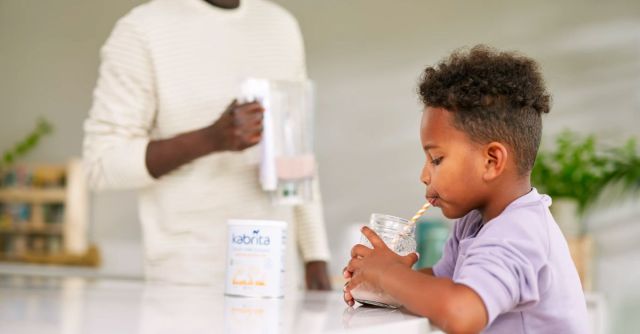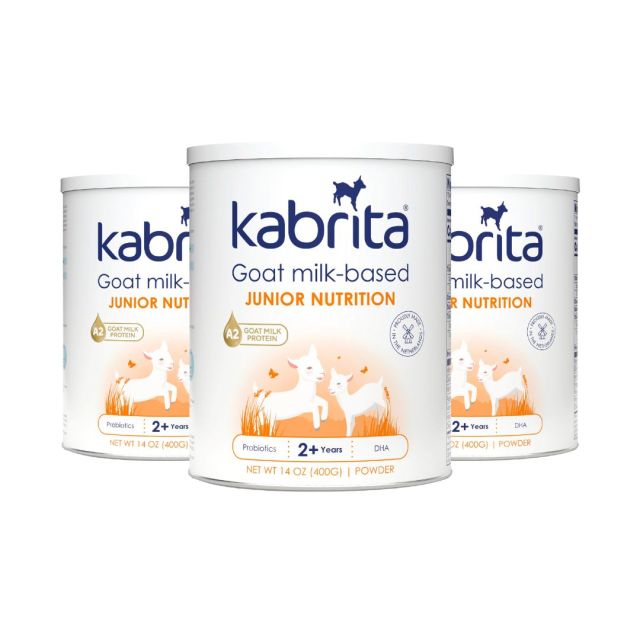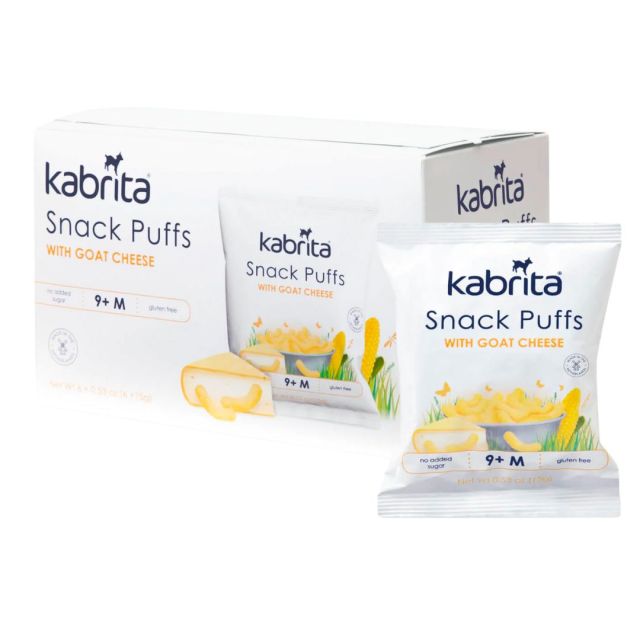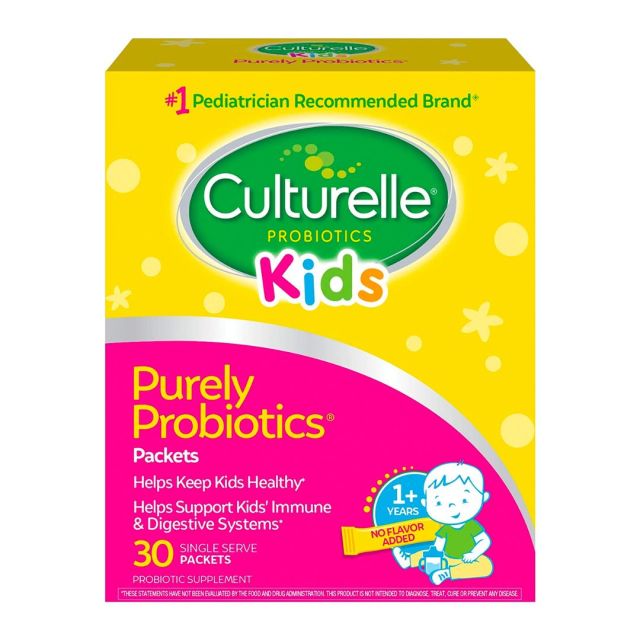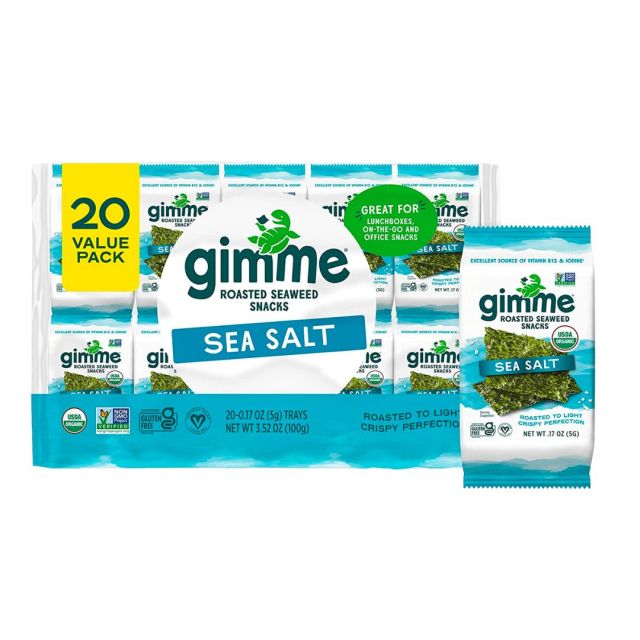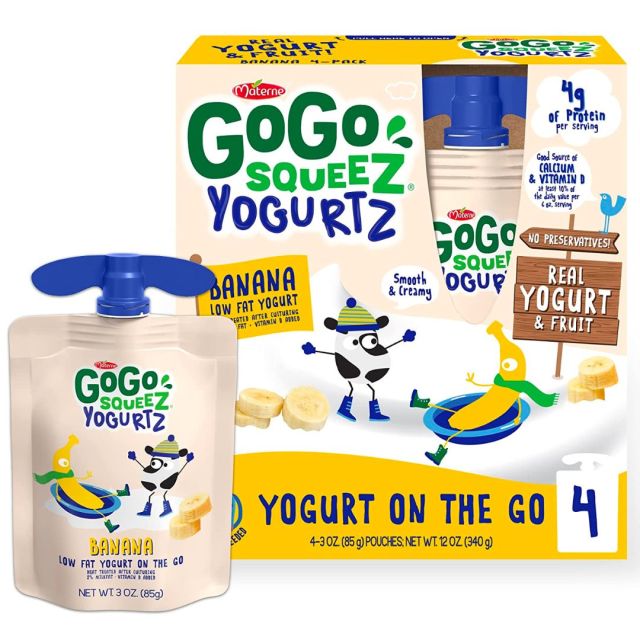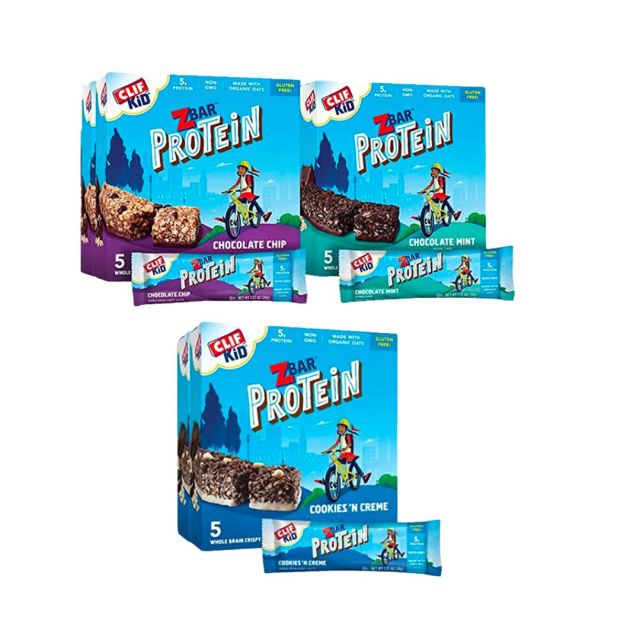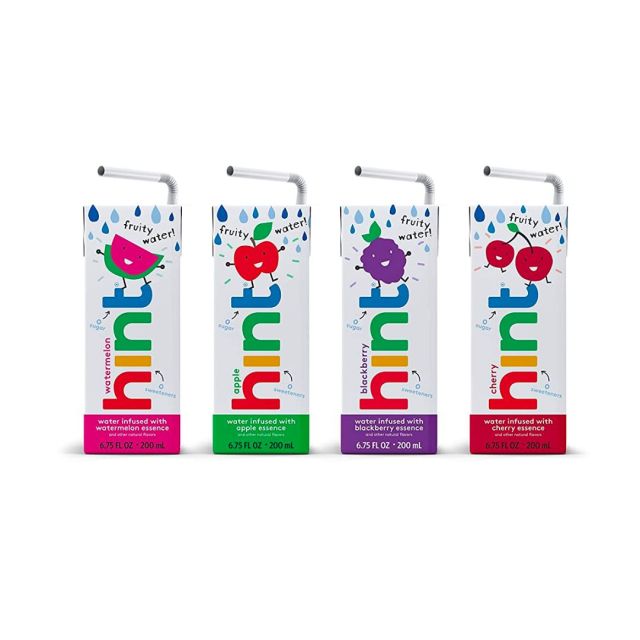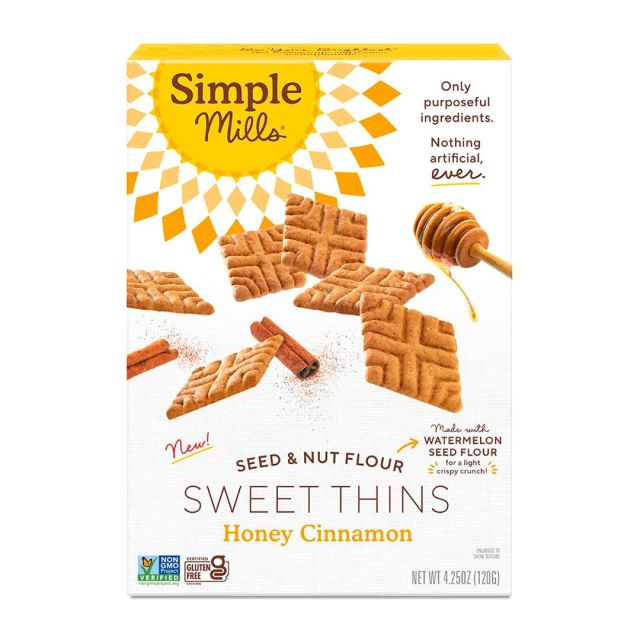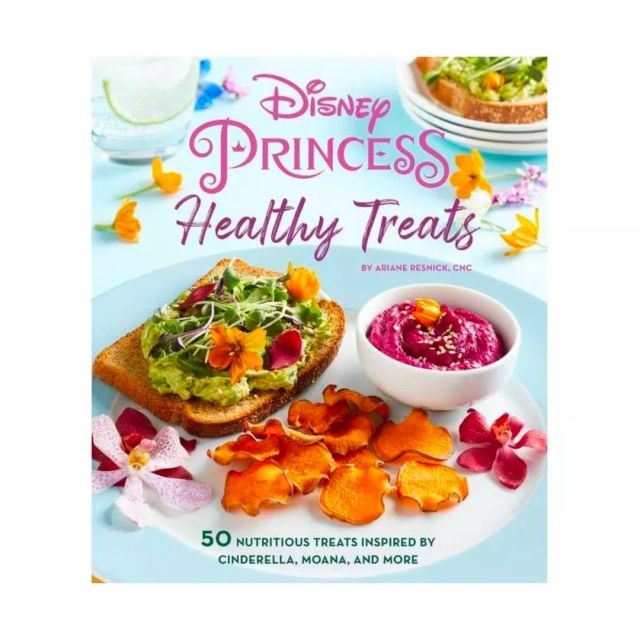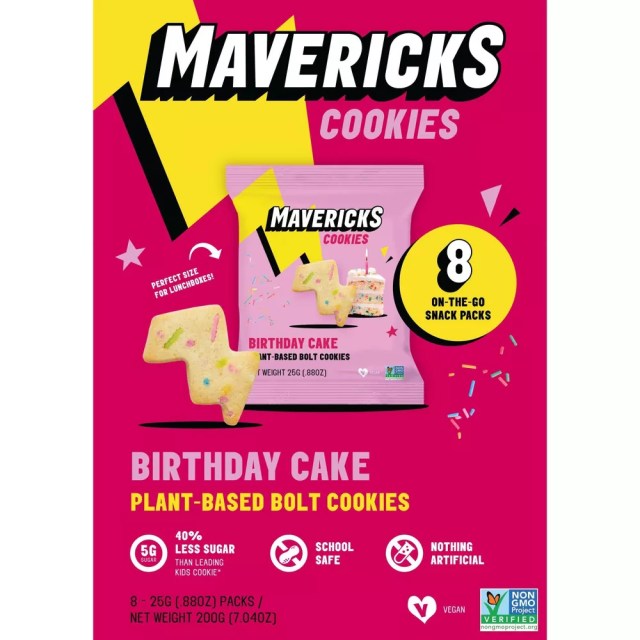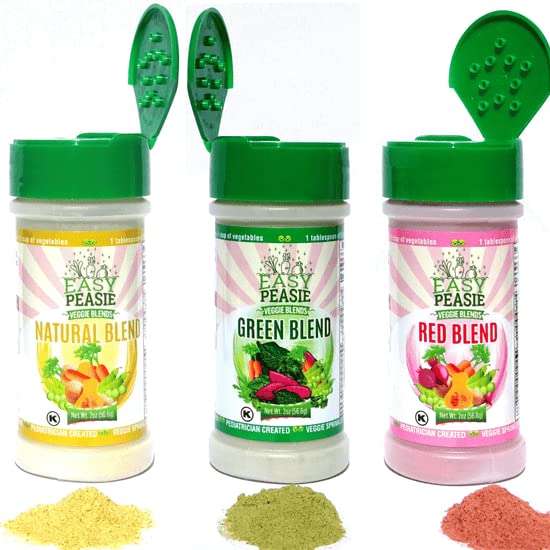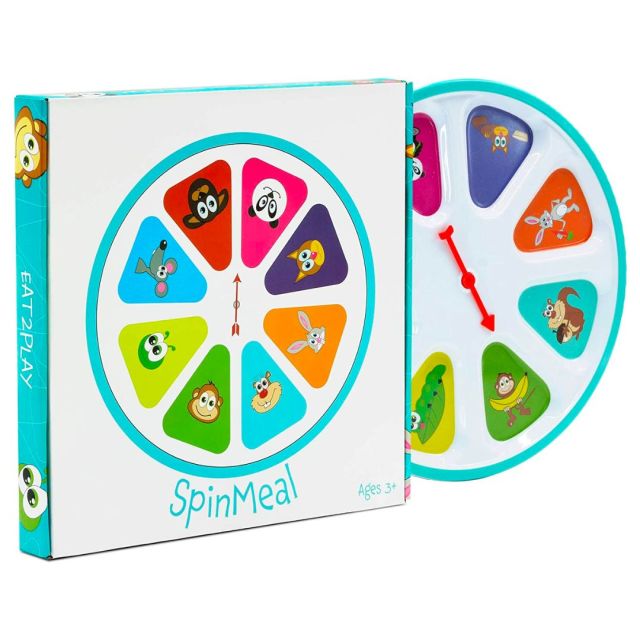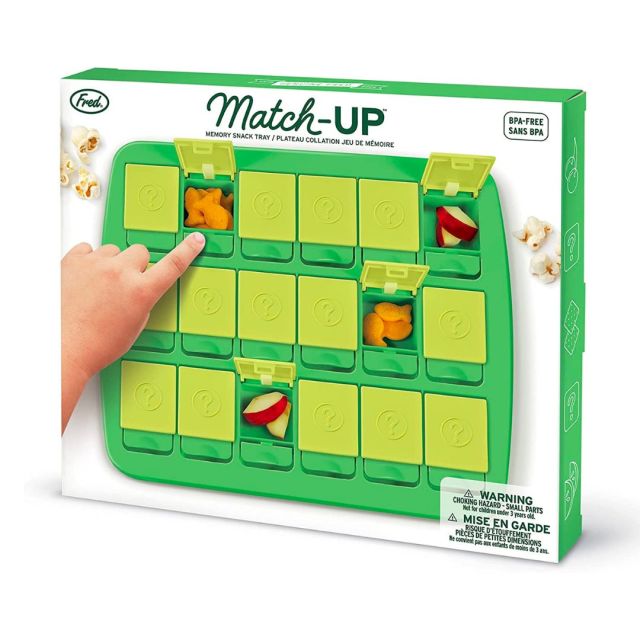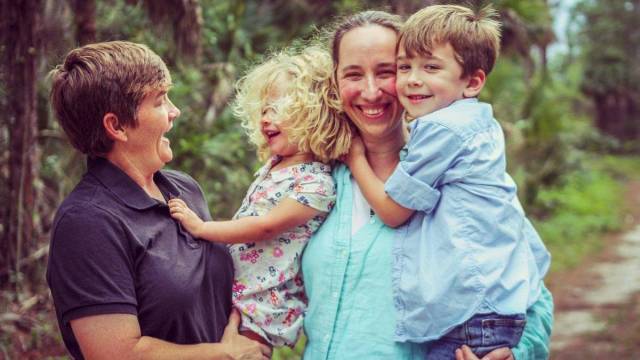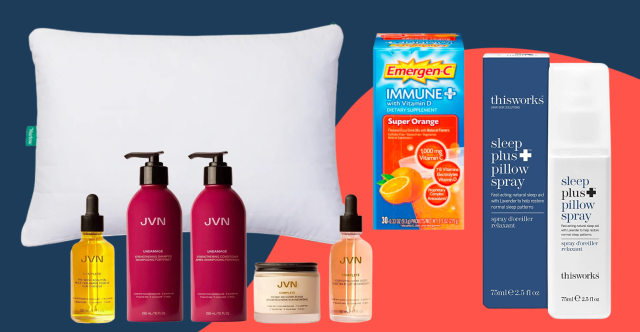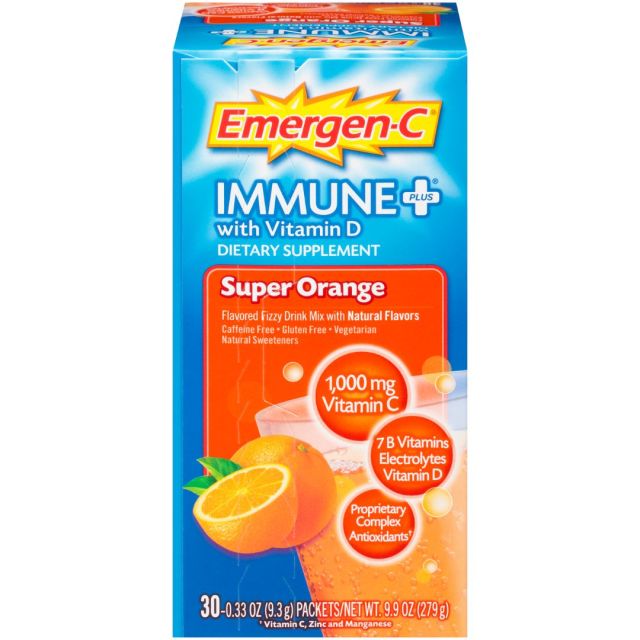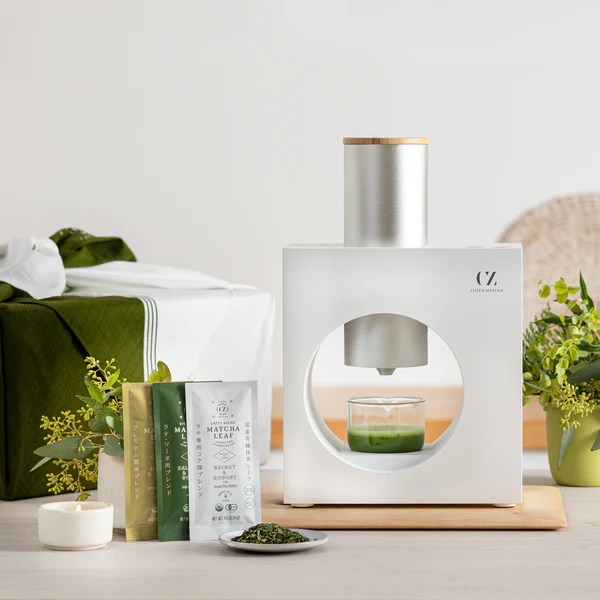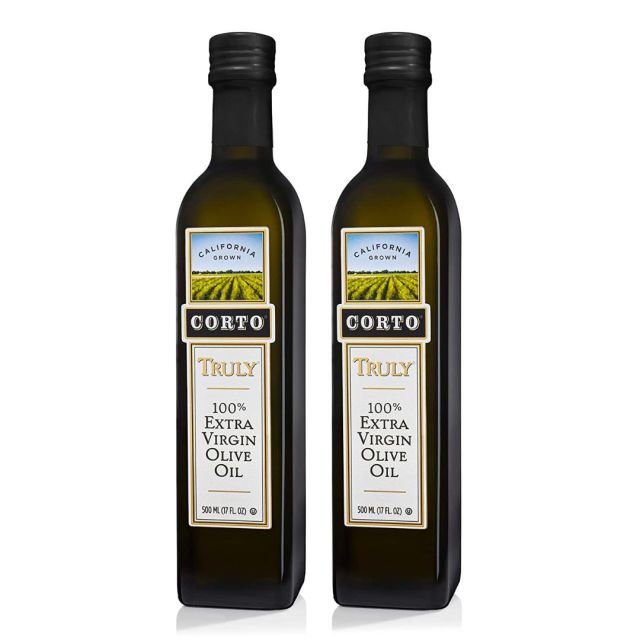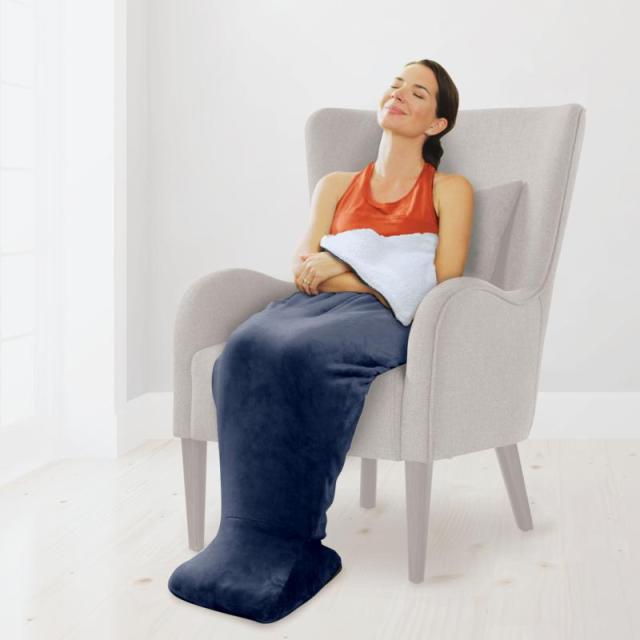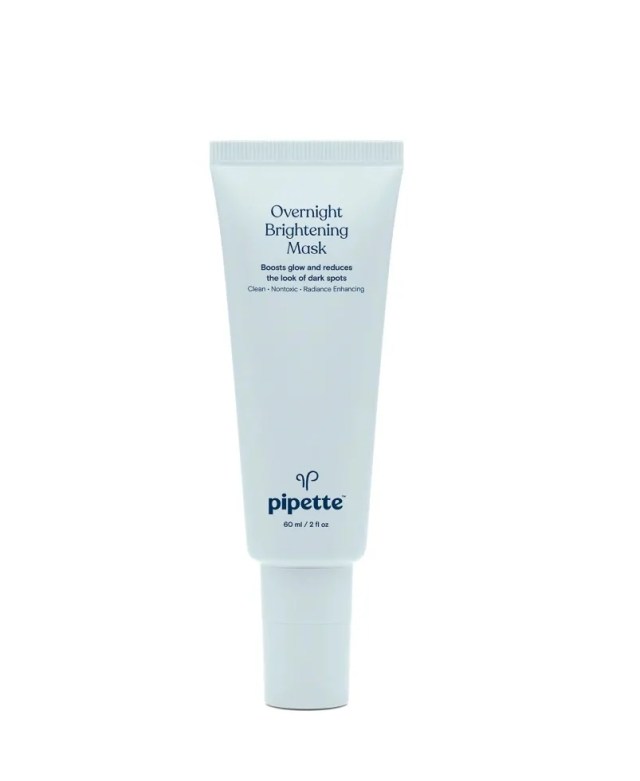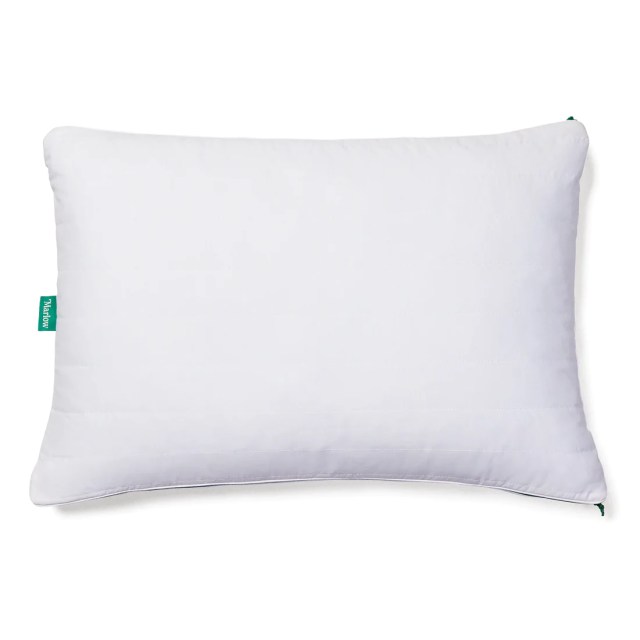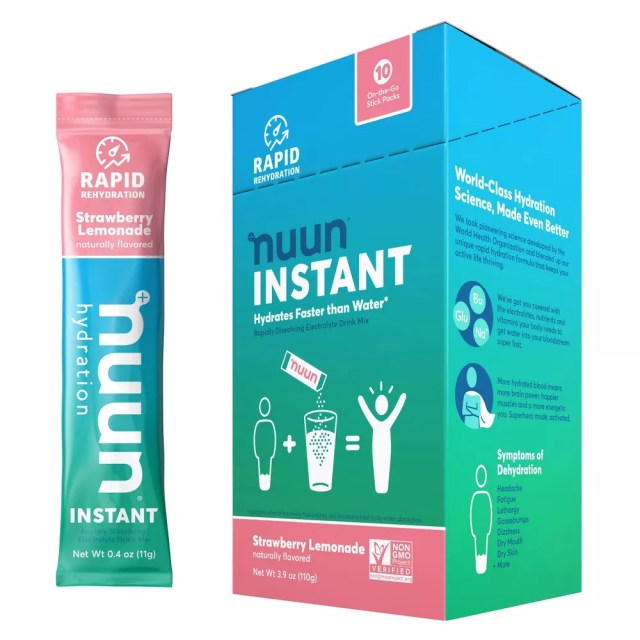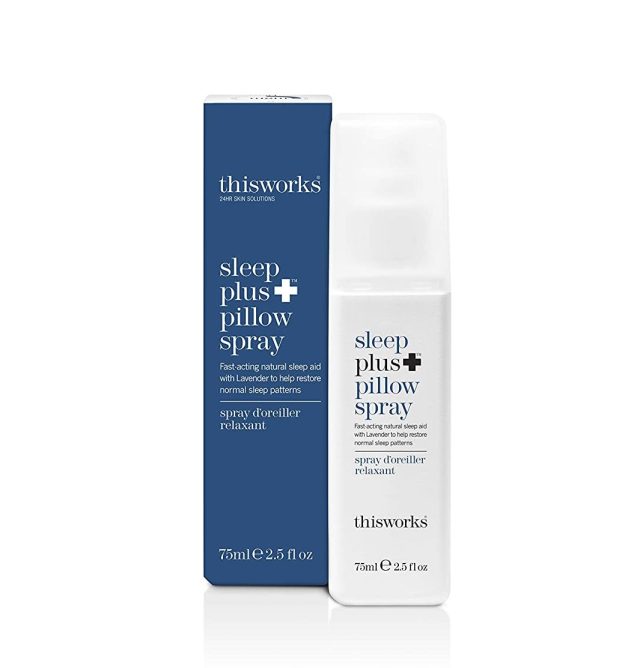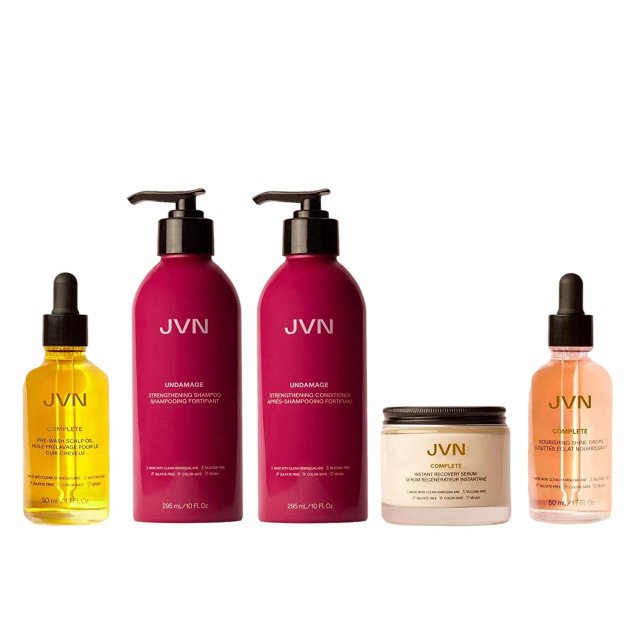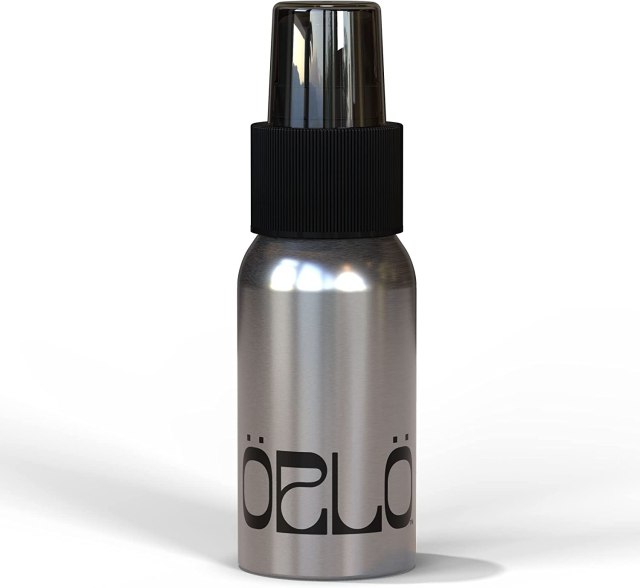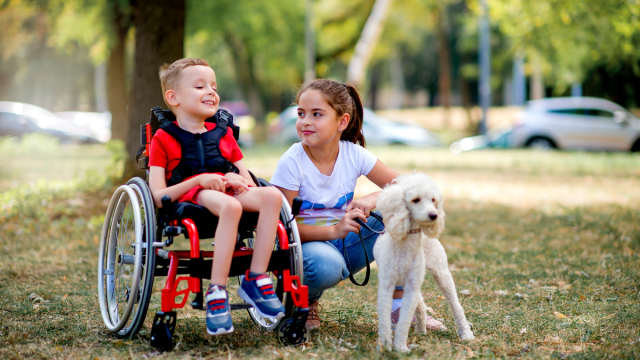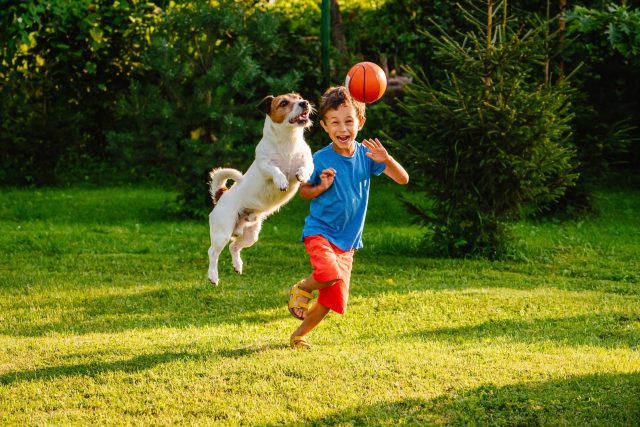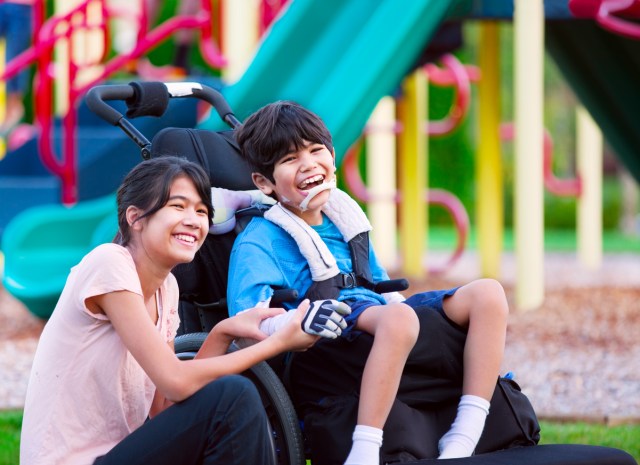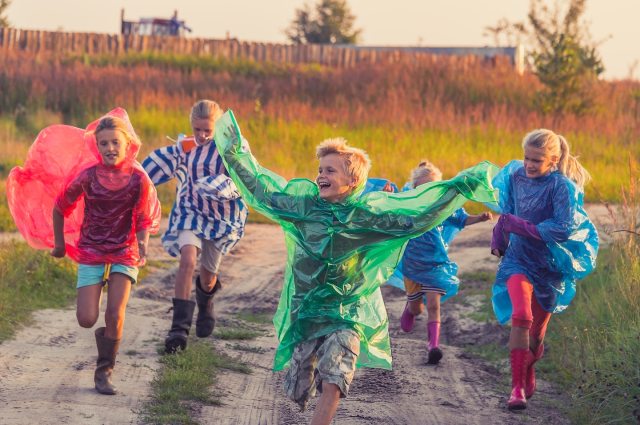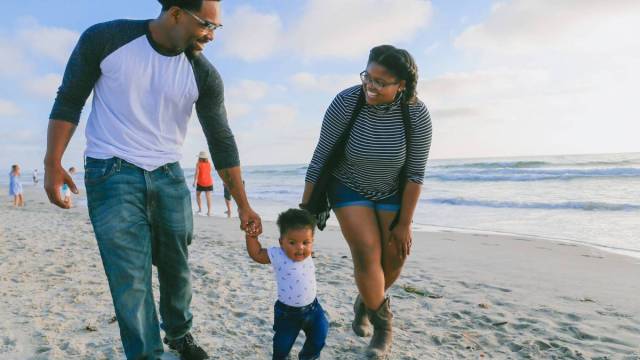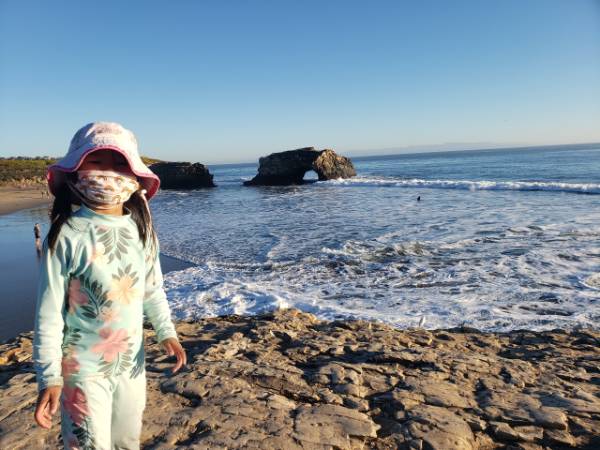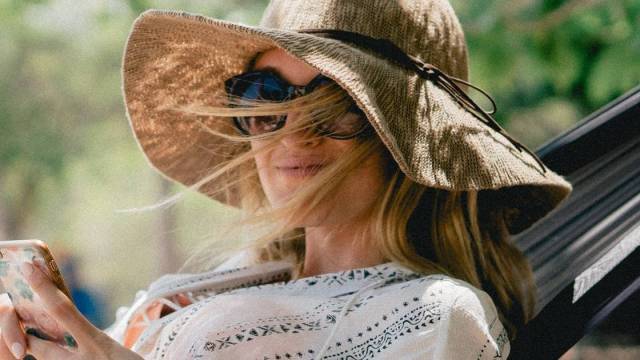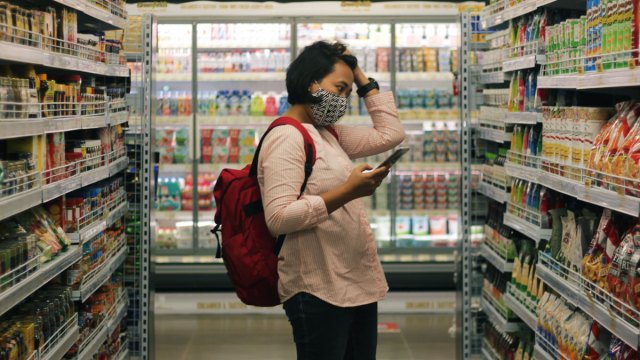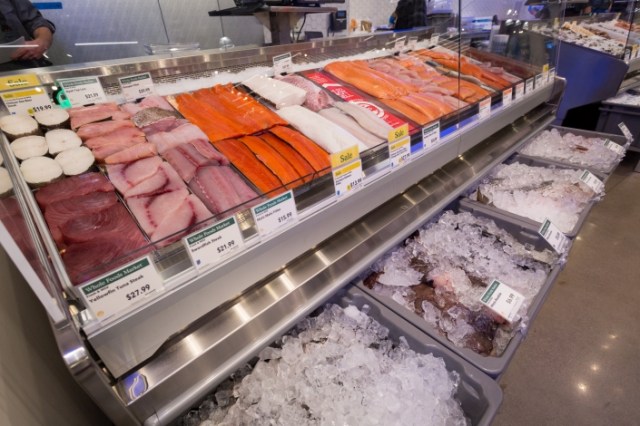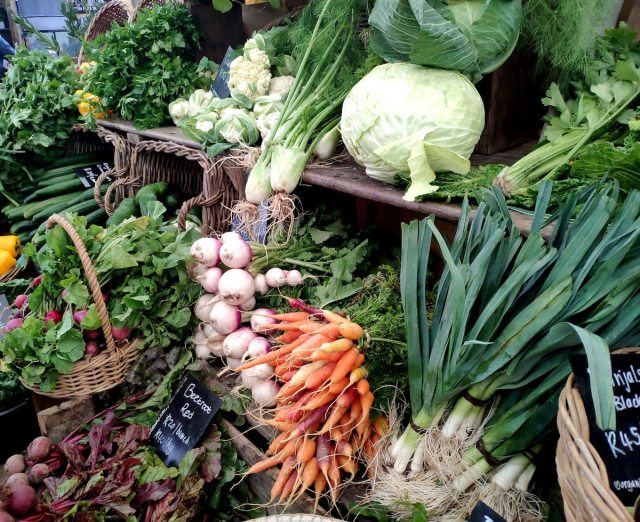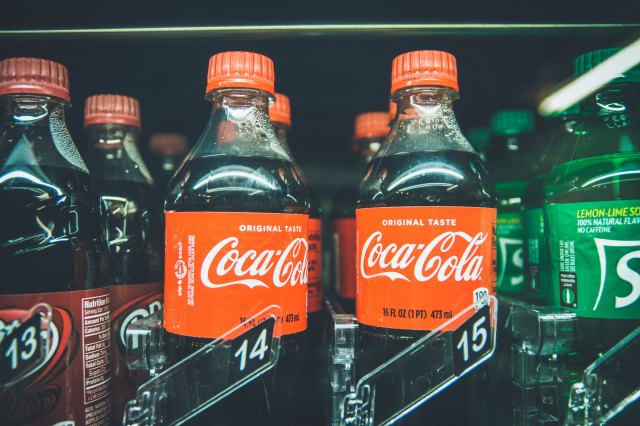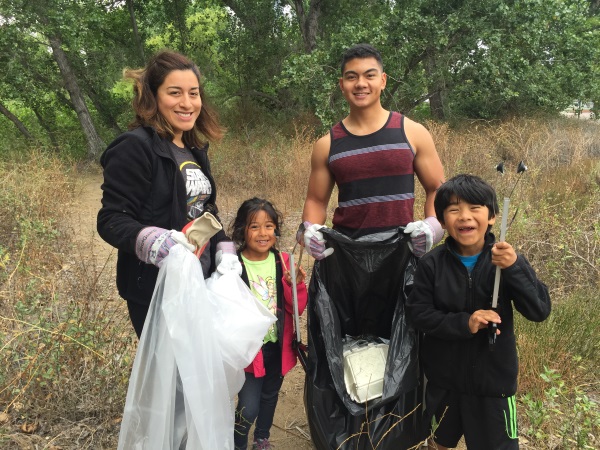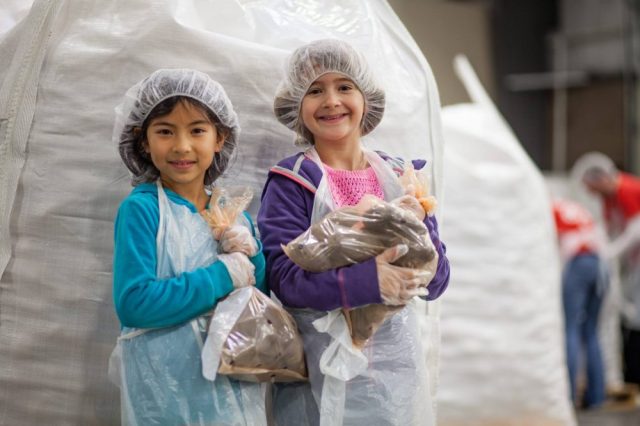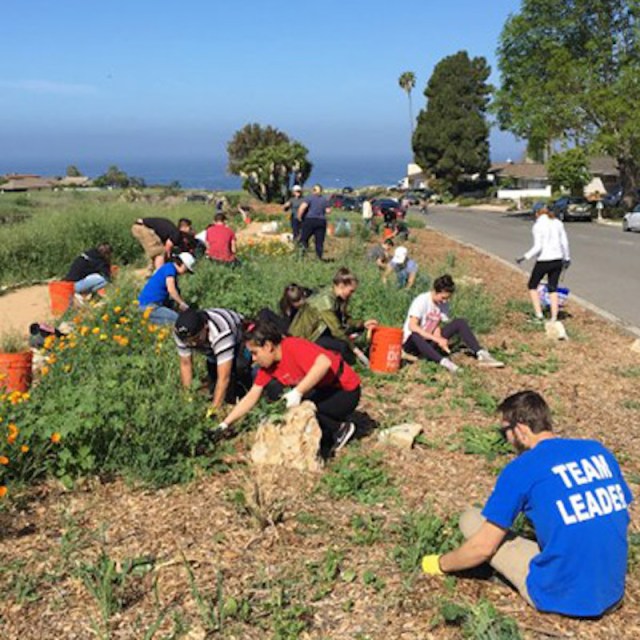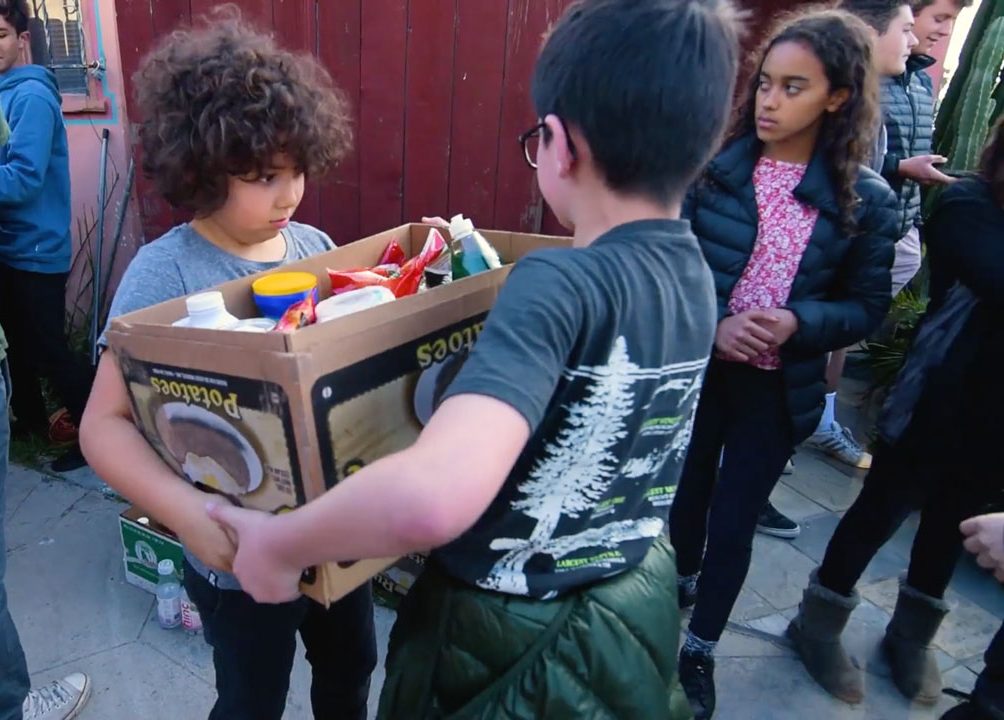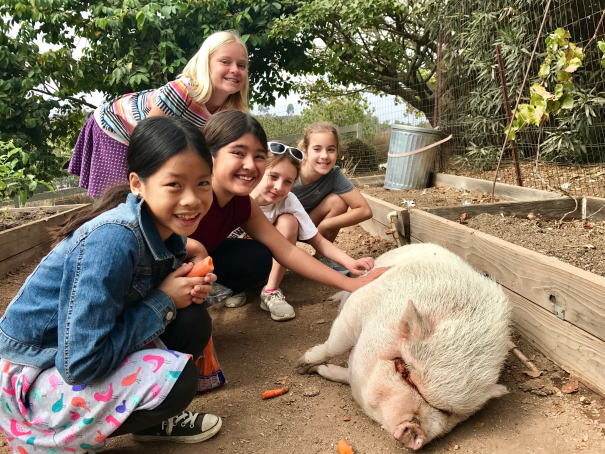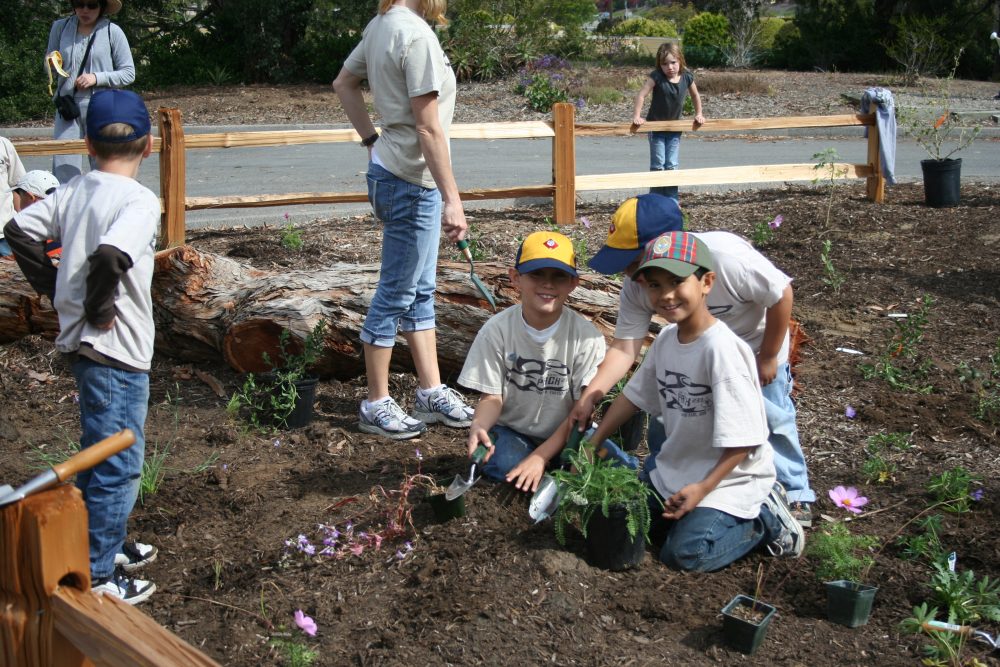Opt outside! These are the best hikes and trails in San Diego for kids—including the best stroller-friendly trails
Thanks to nearly great weather all year round, any time of year is a great day to explore the hiking trails in San Diego. Our list of kid-friendly hiking trails in San Diego has everything from easy loop trails, more challenging canyons and trails that come with ocean views. And some of our favorite hikes in San Diego are stroller-friendly trails, making them a must-go for both kids and parents alike. And if these hikes aren’t enough and you’re looking for more nature around San Diego, don’t miss our favorite secret lakes and ponds where you can splish and splash your day away. And don’t miss all these ways your little one can become a park ranger for the day.
The Best Hikes in San Diego for Kids
1. Crest Canyon Trail
The Crest Canyon Trail is a 3.2 mile loop that takes hikers through the Crest Canyon Open Space Preserve, a protected area of over 400 acres of coastal sage scrub and chaparral. The loop trail offers stunning views of the Pacific Ocean and the canyon below, and provides a great opportunity for wildlife viewing. The trail is an easy to moderate hike and begins at the north end of the preserve and follows a wide dirt path along the ridge. The trail is well–marked and has several benches along the way for resting and taking in the views. As you make their way around the loop, you might come across a variety of wildlife, including deer, coyotes, foxes, and numerous species of birds.
2250 Del Mar Heights Rd.
San Diego
Online: hikingsdcounty.com
2. San Elijo Lagoon Loop Trail
San Elijo Lagoon Loop Trail is a 4.2–mile loop trail located in Encinitas, California, about 30 miles north of San Diego. The trail is part of the larger San Elijo Lagoon Ecological Reserve, a 1000–acre wildlife preserve. The trail takes hikers through a variety of habitats, including coastal sage scrub, chaparral, riparian woodland, and freshwater marsh. Hikers will have the chance to observe wildlife, including a variety of birds, lizards, and other small animals. Popular with joggers and bikers, the trail is wide and mostly flat, making it easy-to-navigate with strollers. There are several rest stops along the way, and a few benches where hikers can take a break and enjoy the scenery. The trail is well–marked and is easy to follow, open year–round and can be accessed from multiple locations, including La Orilla Rd. and Manchester Ave. The trailhead is also accessible from the San Elijo Lagoon Nature Center, which is open daily from 9:00 a.m. to 5:00 p.m. and offers restrooms and a variety of educational programs. There is no fee to use the trail, though the Nature Center does require a small fee for parking.
2710 Manchester Ave.
Cardiff-by-the-Sea, CA
Online: sanelijo.org
3. La Orilla Trail
The La Orilla Trail is a beautiful walking, biking, stroller-friendly hiking trail that follows the San Diego River for about 4 miles one–way, beginning near the Qualcomm Stadium and ending at the Mission Trails Regional Park. The La Orilla Trail is well–maintained and marked with signage, making it easy to follow and the trail is relatively flat and wide, making it a great choice for families, and visiting grandparents. Along the trail, visitors can spot wildlife such as ducks and geese, as well as other local birds. There are also plenty of benches and picnic tables, making it a great spot for a picnic or rest stop. The La Orilla Trail has plenty of parking options and is open year–round and, bonus points—there are a handful of restaurants and cafes nearby in case your group gets hungry either pre or post hike.
Pro Tip: Before you set off on your hike, stop by the nature center for a map and say hello to Franklin the turtle.
2710 Manchester Ave.
Cardiff-by-the-Sea, CA
Online: sanelijo.org
4. Tecolote Canyon
Located in the Tecolote Canyon Natural Park, Tecolote Canyon Trail is a popular hiking trail in San Diego, California, and a local favorite for getting out and exploring the natural beauty of the area. The trail is a 4.2 mile loop that runs along the canyon walls and offers stunning views, and is fairly easy to navigate, but do note, there are a few areas that are a bit more challenging with a few areas of gradual elevation gain and some narrow passages along the trail. The trail is well–marked, however, so it is easy to stay on track.
Pro Tip: Start your route at the nature center. Here, you’ll find restrooms and cool exhibits.
5180 Tecolote Rd.
San Diego
Online: sandiego.gov
5. Torrey Pines State Natural Reserve
One of the best places for hiking in San Diego with kids is the Torrey Pines State Natural Reserve. This beautiful park has over 8 miles of trails, including a beach trail and a nature trail. The beach trail is great for families looking to explore the shoreline and take in some of the best views San Diego has to offer. The nature trail is a bit more challenging and offers a great chance to spot some of the area‘s wildlife. The lot charges a $15 parking fee, but you can find parking along the beach if you wait long enough (but the steep climb from beach parking to the hiking trails may tire out young hikers). The simplest route to explore is the Guy Fleming Trail, perfectly-suited to youngsters.
12600 North Torrey Pines Rd.
La Jolla, CA
Online: torreypine.org
6. Lake Miramar Trail
Cruise to the parking lot off Scripps Lake Dr. where you can access the 4.9-mile Lake Miramar Trail is good for hikers of all skill levels, including the stroller-friendly set. This well-marked trail is accessible year-round and dogs are also allowed on this trail but must be kept on leash. Pack a picnic lunch and grab one of the many tables right by the water to eat.
Good to Know: Kids will also love riding bikes or scooters on this paved trail.
10710 Scripps Lake Dr.
San Diego
Online: sandiego.gov
7. Jack’s Pond Nature Center
Spot the big red barn and you’ll find this kid-friendly nature hike. Even more, there’s a playground and critters to look at inside the nature center. The hike is paved close to the center, then turns into a trail hike all the way to the pond. If you decide to go all the way to the pond it’s about 40 minutes. This nature hike and center is perfect for little kids.
986 La Moree Rd.
San Marcos, CA
Online: san-marcos.net
8. Mule Hill Trail
This historic 6.3 round-trip back and forth wide trail has a 131-feet elevation and is good for all skill levels. There are historic signs along the way explaining the battle of Mule Hill. If you want a shorter hike then just hike to Mule Hill which is about one mile in. Expect to see deer along the trail. Dogs are allowed on a leash. If you go on Sunday you can also tour the historic Sikes Adobe and visit the farmers market there. Trailhead is at Sikes Adobe Staging Area on Sunset Drive, off Bear Valley Parkway.
12655 Sunset Dr.
Escondido, CA
Online: hikingsdcounty.com
9. Cabrillo National Monument
Take a simple two-mile tour and you’ll see some of the best tide pools in San Diego. And Old Point Loma lighthouse also offers a breathtaking view of downtown San Diego. History buffs will enjoy the statue of Cabrillo himself. The entrance fee per car is $15 (pass is valid for 7 days) and the park closes at 5 p.m. (tide pools close at 4:30 p.m.) An annual pass is $30.
Pro Tip: Check the tide schedules and arrive in time to see the tide pools teeming with sea life at low tide.
1800 Cabrillo Memorial Dr.
San Diego
Online: nps.gov
10. Iron Mountain Trail
A popular San Diego 5.4-mile loop trail that’s best for bigger kids that are used to a good hike. The hike starts through a beautiful tree forest and be on the lookout for border collies herding the sheep. There are switchbacks and an elevation climb of 1,102 feet and it gets crowded on the weekend. Even more, when you get to the top the view is well worth it. There is a free parking lot at the intersection of Highway 67 and Poway Rd and you’ll also find bathrooms here.
14847-14909 CA-67
Poway, CA
Online: poway.org
11. Blue Sky Ecological Reserve
Take your time meandering along this wide, easy-to-navigate, flat trail located in Poway. The first mile of the hike begins under the shade of beautiful oak trees and is a perfect, comfortable jaunt for you and the kiddos, big and small. It’s time to stop once the trail begins to climb steeply uphill in full sun. Take a picnic to enjoy at the picnic tables at the end of the shaded trail. Stay on the path to avoid poison oak.
16275 Espola Rd.
Poway, CA
Online: poway.org
12. Batiquitos Lagoon
This wide and flat four-mile lagoon trail is great for little walkers, dogs and strollers. More of a flat walk than a hike, it’s a little more than three miles roundtrip and a perfect first “hike” for tots. Don’t be dismayed by the traffic noise. As you venture further down the trail, you’ll feel more in touch with nature as you meander along the water, through the eucalyptus and along the golf course and learn about local wildlife at the educational signs along the way.
Pro Tip: For a shorter walk, look for the parking lot on Batiquitos Rd., just past Shoreline Ln.
73880 Gabbiano Ln.
Carlsbad, CA
Online: batiquitosfoundation.org
13. Lake Poway
You’ll get a workout along the sunny Lake Poway Loop Trail. In addition to the wide dirt trails, there are some steep spots along the way. Take a load off at one of the benches along the 2.5 miles and enjoy a snack with a gorgeous view of the lake. Keep your eyes peeled for signs of wildlife including squirrels, lizards, hummingbirds and hawks. Coyotes and rattlesnakes are often seen here, so leave your dog at home and stick to the main trails with your kiddos.
14644 Lake Poway Rd.
Poway, CA
Online: poway.org
14. Cowles Mountain
Climb the highest peak in the county with kids? It’s possible! Elementary school kiddos who have proven their stamina on shorter jaunts will love the challenge. Loose gravel fills these trails, so lace up your best walking shoes, and get an early start to avoid the heat and crowds. This short trail takes about an hour to climb and leads to gorgeous views that stretch all the way to the ocean—worth every step.
Good to Know: There is free parking in the lot and along Golfcrest Dr.
Mission Gorge Rd. & Mesa
San Diego
Online: hikingsdcounty.com
15. Los Penasquitos Canyon Preserve
Ready to discover a hidden waterfall in the largest canyon in San Diego? Los Penasquitos offers a mostly flat hike leading to an easily accessible waterfall and creek. Sure-footed hikers will fare best since you’ll need to climb along the rocks at times and walk about 6-miles roundtrip to enjoy the falls. Or, for the shortest route to the waterfall, you can park on Del Vino Ct., shortening the trek to about 2.5 miles roundtrip (recommended for those hiking with young kids).
Pro Tip: These trails are frequently closed in inclement weather—call 858-538-8066 for up-to-the-minute trail status before you head out.
12115 Black Mountain Rd.
San Diego
Online: sandiego.gov
16. Balboa Park Trails
As if Balboa Park wasn’t epic enough for being California’s Best Attraction and home to some of the best museums, theaters and restaurants in the city—it also has an abundance of gorgeous hiking trails. If the kiddos still have energy after a day exploring Balboa Park, then take them to stroll down the easy 1.5 mile Trail #1. Start at 6th Ave. and Upas St. and follow the #1 green circle markers. There are 65 miles of trails in Balboa Park, so you’ll have plenty of options to explore and can try a new hike with every visit!
1549 El Prado
San Diego
Online: balboapark.org
17. Annie’s Canyon Trail
For a more adrenaline-fueled hiking adventure that’s off-the-beaten path, more experienced climbers will get a kick navigating the slot canyons along Annie’s Canyon Trail in the San Elijo Lagoon Ecological Reserve. The trail includes some rock climbing as it narrows and you have to scale rock walls to proceed to a cave and then carry on before ending up at a stunning ocean view. You can choose between moderate or strenuous trails, but this adventure is best suited for kids ages 7 and up because of the climbing required and the narrow trails.
450 Solana Hills Dr.
Solana Beach, CA
Online: www.sanelijo.org
18. Navajo Canyon Open Space Adobe Falls Hiking Trail
At about 2.5 miles roundtrip, this leisurely hike is one of 18 open space areas in San Diego, completely free of development. It is well-maintained with small wildlife and a nice, big oak tree where kids can scrounge for acorns. Keep an eye out for poison oak.
6801 Easton Ct.
San Diego
Online: hikingsdcounty.com
19. Mission Trails Regional Park
Another great hiking spot with kids is Mission Trails Regional Park. This park has over 60 miles of trails, so there‘s plenty to explore. It is also home to a variety of wildlife, including mountain lions and bobcats. This park also makes for a great day trip, and offers a variety of activities, including boating, fishing, rock climbing, as well as some of the best camping in the San Diego area. If you‘re looking for an easier hike, try the San Diego River Trail. This trail is an easy, flat path along the San Diego River. It is a great option for younger children, as it is an easy and enjoyable walk. This is a dog-friendly park but watch for rattlesnakes.
Good to Know: Keep your eye to the sky for military practice flights that often run overhead.
1 Father Junipero Serra Trail
San Diego
Online: mtrp.org
20. Chollas Lake Trail
Young hikers will enjoy the trail that loops around Chollas Lake in Southeast San Diego. It’s 2.2-miles around the whole lake, but you can go as far as you’d like. You’ll find cool eucalyptus trees plus fellow walkers and runners. There are plenty of butterflies and geese about. Even more, there is a small playground, drinking fountains, plus bathrooms—and the parking is free.
6350 College Grove Dr.
San Diego
Online: sandiego.gov
21. Eagle Rock Hike
More reward than just a fun hike in and of itself—the Eagle Rock hike includes a spectacular rock formation shaped like an eagle with sprawling wings. Bonus: kids can pose in front of the rocks for an epic photo opp. Outside of San Diego in Warner Springs, this trail also boasts a small creek. The mostly flat trail is ideal for hikers of all ages, but be prepared that it’s a 3.2-mile journey in and a 3.2-mile journey out.
31049 CA-79
Warner Springs, CA
Online: hikingsdcounty.com









